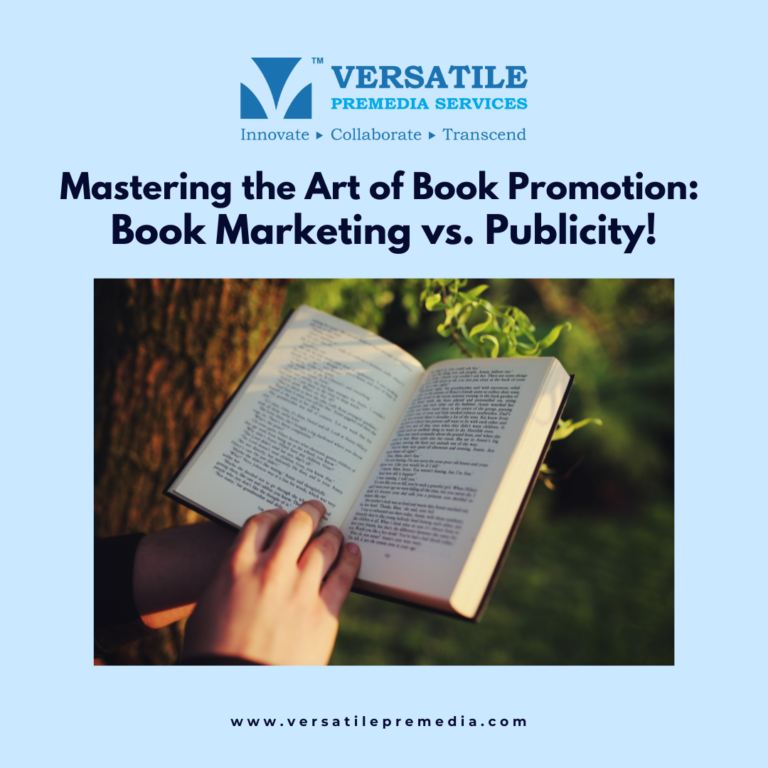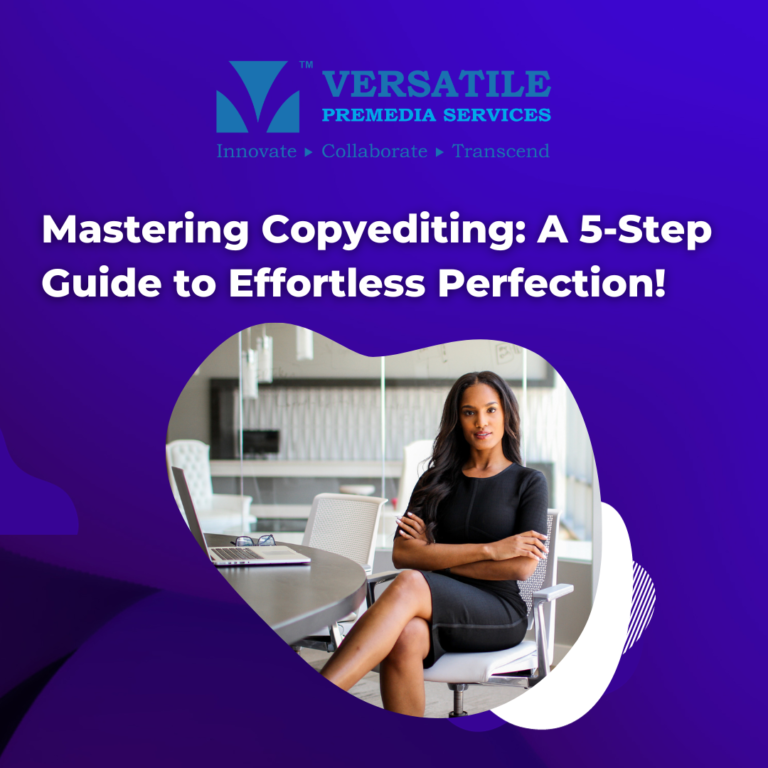Not everyone is bold in public. When you are nervous reading for a large group, you may picture the audience to be quite judgmental. Plotting a book reading that Charms your audience wants to appreciate your text and some of them probably already do so. Be optimistic. They are there because they
understand your work. They have come to listen to – your form of manuscripts.
So, what are you going to read?
Remember the following things as you make your selection to read—
Designing a Bond—The most powerful impact you can make while reading aloud is emotional.
Preselect more material to read than the allocated time. If you are having concerns in your personal life, you may want to present content that reflects your emotional state—but do not take a chance if you do not trust yourself to keep control and offer something shielded. Choose a substance that frames up to a perfect climax if your reading is going to be short and crisp. Either way, take the audience on an ideal joy ride.
If the event–has a theme, use it. Elaborate a little to make a connection between the material
you want to read and the idea. Only choose to understand what you are comfortable and agreeable with. You may find it demanding to hold a legitimate emotional connection for long, and your audience attention is pretty much guaranteed to wander. Therefore, better to choose poems of varying lengths or small passages from different areas of your work.
It may not be just reading. You may do better when designing your presentation as talk– about
your work.
Perfect Reading– After you have selected the passages that you will include in your reading, or
created a talk about your transcript, the next level is to get the perfect timing. This is where many new
readers have trouble. They do not time their reading in advance, or they decide it is okay if they run over a little bit.
Well, that’s not okay. Keeping time is one of the most professional approaches. Plotting a book reading that Charms your audience the extra time allows for remarks, pauses and responses from the viewers.
It is unfair to the other readers, especially those last on the list and the audience when you do not keep up your time. It is always better to read less but read it thoroughly. Trim your material rather than push up your pace.
Compatible Reading
You can leave out words or even some paragraphs if it serves the purpose. Your interest should be to capture and engage your audience attention. Remove phrases or sentences that might refer to other plotlines that will confuse the audience. While practising, leave out anything that starts to feel very confused. If you’re uncomfortable with even one word, you must replace it.
Final word—
You must give the audience an experience of human connection, for the effort they made to be present there. This perception of shared emotion is why we read out aloud. When you can make your audience stand up and clap, you feel the complete you.
This immense-sense of satisfaction that you were able to give your audience—is just incomparable.



